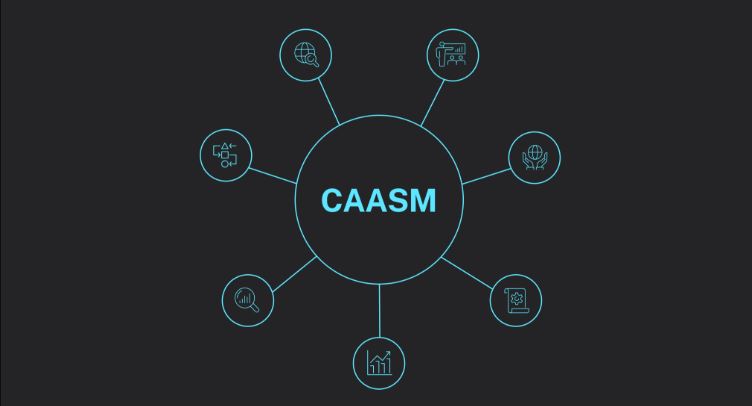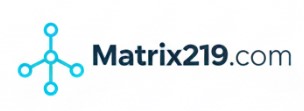As organizations expand their digital footprint, the number of cyber assets—servers, applications, cloud instances, IoT devices—grows exponentially. This creates a larger attack surface for cybercriminals to exploit. Cyber Asset Attack Surface Management (CAASM) is an emerging security approach that provides unified visibility and control over all cyber assets, helping organizations identify vulnerabilities before attackers do.
What Is CAASM?
CAASM is a cybersecurity strategy and set of tools designed to:
-
Discover all assets in an organization, both known and unknown.
-
Identify security gaps and vulnerabilities.
-
Provide a central platform for asset data from multiple sources.
Core Functions of CAASM
-
Asset Discovery – Locates all devices, apps, and cloud resources in real time.
-
Data Aggregation – Combines information from security tools, CMDBs, and cloud platforms.
-
Contextual Risk Analysis – Prioritizes risks based on business importance.
-
Continuous Monitoring – Alerts on changes or new vulnerabilities.
Why CAASM Matters
-
Traditional asset management tools often leave blind spots.
-
Attackers target unmonitored or forgotten assets (so-called “shadow IT”).
-
CAASM helps comply with security regulations and frameworks like NIST, ISO 27001, and CIS.
Examples of CAASM Solutions
-
Axonius
-
JupiterOne
-
Sevco Security
-
Armis (IoT-focused)

Best Practices for Implementing CAASM
-
Integrate CAASM with existing SIEM and vulnerability management tools.
-
Schedule regular automated asset discovery scans.
-
Use CAASM data to inform patch management and incident response plans.
Key Takeaway
CAASM provides a unified view of all cyber assets, reducing the attack surface and improving incident response readiness. In an era where visibility equals security, CAASM is becoming a must-have for modern cybersecurity programs.
